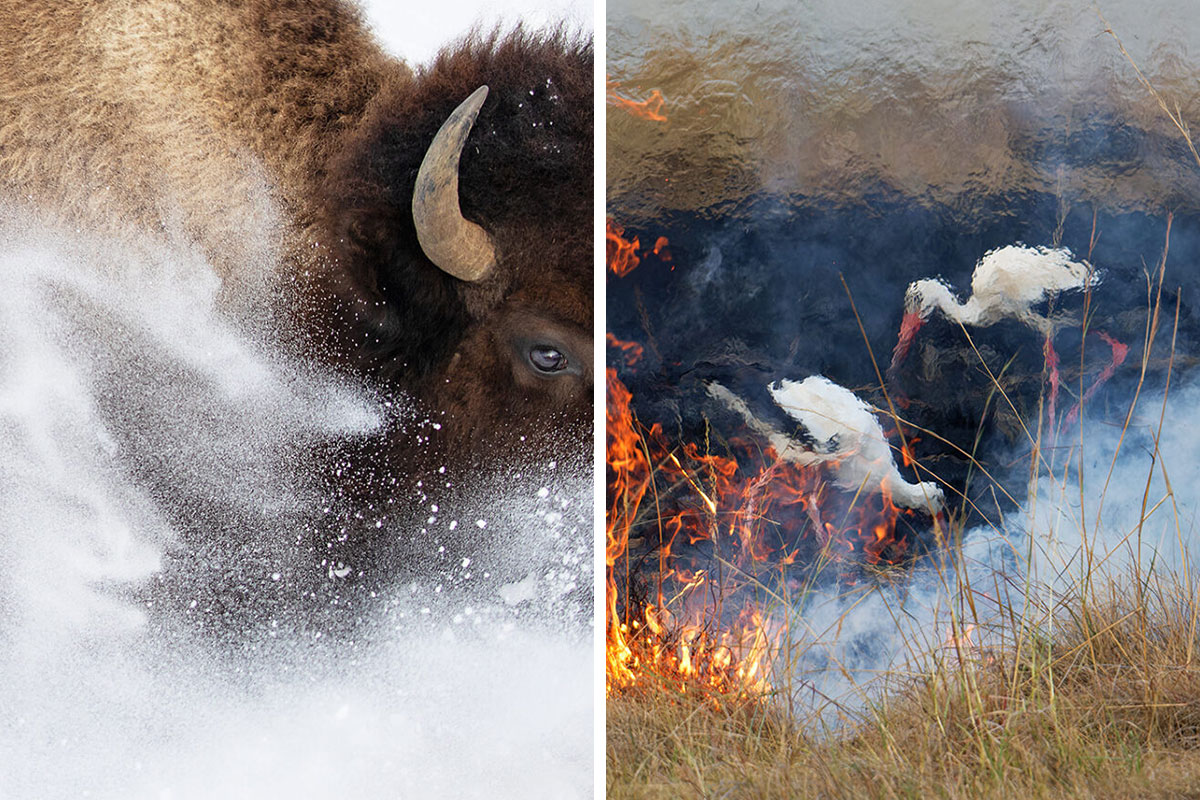
1k+views
Highly Commended Photos: First Look At Wildlife Photographer Of The Year 2023 (16 Pics) Interview
1k+views
This year marks the 59th edition of the Wildlife Photographer of the Year competition, hosted by The Natural History Museum (NHM). Out of the staggering 49,957 entries from 95 different countries, the top 100 photos will be showcased in an upcoming London exhibition on October 13.
While the category winners and the prestigious Grand Title and Young Grand Title are still a mystery, to be nominated on the 10th of October at an awards ceremony, in the meantime, the NHM is offering a sneak peek at this year's 16 highly commended photos.
So, without further ado, we invite you to explore these carefully selected shots as they capture the breathtaking beauty and wonder of the natural world.
More info: nhm.ac.uk | nhm.ac.uk | Instagram | Facebook | twitter.com
This post may include affiliate links.
Mason Bee At Work By Solvin Zankl, Germany, Highly Commended, Behaviour: Invertebrates
Young Wildlife Photographer of the Year.
"Solvin Zankl carefully watches a two-colored mason bee build the roof of its nest. Solvin knew the bee was memorizing landmarks around the nest so it could find it again. So as not to disorientate it, he edged his equipment closer each time it left. After two hours, the bee was using his equipment as a landmark.
Two-coloured mason bees use snail shells for egg-laying. They pack the shell with pollen and nectar for their larvae, then seal it with grass and sticky saliva. Humans sometimes consider snails to be pests, but this species could not survive without them.
Location: Near Witzenhausen, Hesse, Germany Technical details: Nikon Z6 + Rolleiflex Makro-Planar 120mm f4 PQS lens + bellow; 1/1000 at f11; Nikon SB-500 Speedlight flashes; IR light beam; ISO 100."
Bored Panda reached out to The Natural History Museum to learn more about this year’s photography competition. One of their staff, who goes by Jo, kindly answered our questions.
First of all, we were curious to know about the selection process for the top 100 photos, specifically, what criteria were used to choose these photos out of so many entries. Jo shared: “This year’s competition attracted an astounding 49,957 entries, across 19 categories, from photographers of all ages and experience levels from 95 countries. During an intense week at the Museum, entries were judged anonymously on their creativity, originality, and technical excellence by an international panel of industry experts."
Snow Bison By Max Waugh, USA, Highly Commended, Animal Portraits
Wildlife Photographer of the Year.
"Max Waugh catches sight of a plains bison kicking up flurries of snow over its bulky frame. From his vehicle Max saw the bison start to head downhill towards the road, gathering momentum, and he drew up to give them space to cross. Max framed the bison tightly to create this original composition. Once abundant and wide-ranging across most of North America, bison were hunted to near extinction by the late 1800s. Numbers are slowly increasing, but they are confined to discrete populations, dependent on conservation management and constrained by land-use changes and land ownership.
Location: Yellowstone National Park, Wyoming, USA Technical details: Canon EOS R6 + 100–400mm f4.5–5.6 lens at 100mm; 1/1250 at f4.5; ISO 800."
The Catwalk By Shashwat Harish, Kenya, Highly Commended, 11-14 Years
Young Wildlife Photographer of the Year. "Shashwat Harish is rewarded for his patience with a moment of eye contact and the curl of a leopard’s tail. Shashwat was on a trip to the Maasai Mara when he heard that a leopard had been spotted nearby. After he spent many hours in a vehicle, searching and waiting, the leopard appeared and Shashwat quickly changed lenses and settings to obtain this elegant portrait. Leopards are the smallest of the big cats and they are often seen near water in the Maasai Mara. Population numbers are decreasing due to habitat loss, hunting, and the decline of their prey.
Location: Maasai Mara National Reserve, Narok, Kenya. Technical details: Canon EOS 5D Mark IV + 100–400mm f4.5–5.6 lens; 1/1250 at f5.6; ISO 500."
If that Leopard looked at me that way, I would have frozen up and lost the perfect photo opp!
As the main award ceremony is underway, Jo provided some more details about it: “The winners of each category, and the prestigious Grand Title and Young Grand Title Awards, will be announced on 10 October 2023 at an awards ceremony hosted by Wildlife TV presenters and conservationists Chris Packham and Megan McCubbin. The ceremony takes place in the Natural History Museum, London’s iconic Hintze Hall, under ‘Hope’, the 25.2-metre-long blue whale skeleton.
The Natural History Museum has named the female blue whale Hope, as a symbol of humanity's power to shape a sustainable future. Blue whales were hunted to the brink of extinction in the twentieth century, but were also one of the first species that humans decided to save on a global scale.”
Death In Waiting By Pietro Formis, Croatia, Highly Commended, Animal Portraits
Wildlife Photographer of the Year.
"Pietro Formis discovers a Mediterranean stargazer peering through the sandy floor in coastal waters. Pietro approached the stargazer with care so as not to disturb it. Combining the concentrated light from the flash with a slow shutter speed and deliberate movement from his camera, Pietro presents the stargazer lit through a curtain of turquoise water. The stargazer is an ambush predator. It buries itself in the sand by wriggling its body until it is invisible except for its eyes and teeth, then it lies in wait for small fish and invertebrates. Its coastal habitat is under pressure from erosion and pollution, and it is often caught as a bycatch.
Location: Rijeka, Croatia Technical details: Canon EOS R5 + 100mm f2.8 lens; 1/6 at f16; ISO 160; Marelux housing; Inon Z-330 strobe + Marelux SOFT Snoot."
Forest Rodeo By Atsuyuki Ohshima, Japan, Highly Commended, Behaviour: Mammals
Wildlife Photographer of the Year.
"Atsuyuki Ohshima quickly frames an unusual interaction as a macaque jumps on a deer. A sudden movement behind the sika stag caught Atsuyuki’s eye. In an instant – using a tree as a springboard – a young Yakushima macaque jumped onto the deer’s back. Rodeo-riding of deer by the monkeys of Yakushima Island is rare, but not unheard of. Young male macaques have been seen clinging to female deer and trying to mate with them. In this case, however, the macaque was a young female, appearing just to be enjoying a free ride.
Location: Yakushima, Kagoshima, Japan Technical details: Sony α7S III + 100–400mm f4.5–5.6 lens at 100mm; 1/400 at f6.3; ISO 1600."
These 16 highly commended photos offer us a unique opportunity to have a first peek into this year's competition. Though these photographers are not the overall winners, they definitely stood out amongst almost 50 thousand submissions.
Chair of the judging panel Kathy Moran said, “What most impressed the jury was the range of subjects, from absolute beauty, rarely seen behaviors and species to images that are stark reminders of what we are doing to the natural world. We felt a powerful tension between wonder and woe that we believe came together to create a thought-provoking collection of photographs.”
Mushroom Magic By Agorastos Papatsanis, Greece, Highly Commended, Plants And Fungi
Wildlife Photographer of the Year.
"Agorastos Papatsanis illuminates swirls of spores appearing to dance beneath the gills of a deer shield mushroom. Intent on revealing the magic of spore dispersal, Agorastos set up umbrellas to minimise air flow, positioned a light and a reflector, and angled his camera to highlight this often-unseen action as waves of ethereal dust. Billions of these tiny egg-shaped spores are dispersed by air currents. This wood-rotting fungus most often emerges on the stumps and fallen branches of broad-leaved trees.
Location: Mount Olympus, Pieria, Greece Technical details: Nikon D810 + 105mm f2.8 lens + polarizing filter; 1/320 at f45; ISO 250; Godox flash + trigger; reflector; Leofoto mini tripod."
As per Bored Panda policy. Why did the mushroom go to the party? Because he's a fungi!
The Face Of The Persecuted By Neil Aldridge, England, Highly Commended, Photojournalism
Wildlife Photographer of the Year.
"Neil Aldridge highlights the injuries sustained by a fox – most likely caused by dogs. Neil framed this fox’s permanently exposed teeth and eye as it peered out from its makeshift den in a rehabilitation center. This image is part of Neil’s nine-year project photographing the complex relationship the British have with the red fox. Since 2005 in England and Wales it has been illegal to poison foxes, block or destroy foxholes, or use dogs to hunt them. The injuries suffered by this animal were likely inflicted by dogs illegally sent into the fox’s den to flush it out.
Location: Kent, England, UK Technical details: Canon 5DS + 16–35mm f2.8 lens; 1/100 at f9; ISO 640; Canon EX580 II flash + Hahnel Captur transmitter; Lastolite softbox."
Wildlife photography plays a crucial role in raising awareness about conservation efforts and the natural world. Therefore, we wanted to know how the Wildlife Photographer of the Year competition aligns with the mission and goals of The Natural History Museum, and what impact this event will hopefully have on the audience and the broader community interested in wildlife conservation.
Jo replied: “The Natural History Museum is a world-leading science center and one of the most visited attractions in the UK. A global source of curiosity, inspiration, and joy. Our vision is to build a future in which both people and the planet thrive. We aim to be a catalyst for change, engaging advocates for the planet in everything that we do. Our 350 scientists are finding solutions to the planetary emergency in all aspects of life.”Dr. Doug Gurr, Director of the Natural History Museum, says, “We are facing urgent biodiversity and climate crises, and photography is a powerful catalyst for change. The Wildlife Photographer of the Year exhibition reveals some of nature’s most wondrous sights whilst offering hope and achievable actions visitors can take to help protect the natural world.”
And lastly, Jo added: “Our sixtieth competition will open for entries on 16 October, and is open to photographers of all ages, nationalities, and experience levels! Children aged 17 and under can enter for free.”
Possum’s Midnight Snack By Caitlin Henderson, Australia, Highly Commended, Urban Wildlife
Wildlife Photographer of the Year.
"Caitlin Henderson finds an unexpected guest on her balcony as a possum snacks on a large cicada. ‘There were heads here, wings there,’ Caitlin says. She had peeked out and spotted a common brushtail possum sitting on the windowsill. Quick reactions
allowed Caitlin to photograph the possum hungrily dismembering a large northern greengrocer cicada while carrying a baby in its pouch. This nocturnal marsupial, native to Australia, is widespread and locally abundant. Its long, sharp claws are made for a life in the trees, but it has readily adapted to urban environments and come into conflicts with humans.
Location: Malanda, Queensland, Australia Technical details: Canon EOS R5 + Laowa 15mm f4 lens; 1/200 at f16; ISO 200; Canon flash."
Why are the possums (opossums? That's the same thing or different?) So cute there??? The only ones I have seen here look like giant, red-eyed albino rats
Coral Connections By Alex Mustard, Indonesia, Highly Commended, Under Water
Wildlife Photographer of the Year.
"Alex Mustard shows the biodiversity of a healthy coral reef as ghost gobies swim within the branches of a sea fan. Alex is particularly fond of gobies, which are normally skittish, but he was determined to picture more than one in the frame. Unexpected was the copepod parasite on one fish. Capturing the vibrant, contrasting colors meant holding steady in the current to get a long enough exposure. Ghost gobies use gorgonian sea fans as a refuge or feeding platform, and perfectly blend into their surroundings. Coral reefs support a diversity of interconnected species but are at risk due to the warming seas of climate change.
Location: Lembeh Strait, North Sulawesi, Indonesia Technical details: Nikon D850 + 105mm f2.8 lens; 1/8 at f16; ISO 100; Subal housing; Retra strobes."
Race For Life By Donglin Zhou, China, Highly Commended, Behaviour: Mammals
Wildlife Photographer of the Year.
"Donglin Zhou witnesses the drama of a snow leopard hunting a Pallas’s cat. When the snow leopard sprang into action, Donglin assumed it was after a marmot as ‘the Pallas’s cat blended in so well with the rocks.’ But in less than a minute, it was in the snow leopard’s jaws. Both species are well camouflaged and are hard to see at any time, let alone together. While large birds of prey and wolves are known to hunt Pallas’s cats, it is a rare sight to see them hunted by snow leopards.
Location: Gayi, Sichuan, China Technical details: Nikon Z9 + 400mm f2.8 lens + 1.4x teleconverter; 1/1000 at f5.6; ISO 640."
Firebirds By Elza Friedländer, Kenya, Highly Commended, Behaviour: Birds
Wildlife Photographer of the Year.
"Elza Friedländer shows a pair of white storks in shimmering heat against the burnt ground caused by a controlled fire. As Elza had anticipated, shortly after the controlled fire was lit on an area of Kenya’s Maasai Mara, hundreds of birds arrived, particularly storks and kites. Most kept a reasonable distance, but the storks pressed up to the front line in search of easy prey. Starting fires is a common though controversial way of managing grasslands to stimulate lush new growth and to control the spread of bushland. This can be a dangerous tactic, especially in times of drought when fire spreads easily.
Location: Rhino Ridge, Maasai Mara National Reserve, Kenya Technical details: Nikon D850 + 500mm f5.6 lens + 1.4x teleconverter; 1/500 at f8; ISO 2000."
"Controlled fire" unfortunately with the right (or should i say wrong) elements, humans should never assume any fire they start is ultimately within their control
Fight To The Death By Jasper Doest, Gabon, Highly Commended, Photojournalism
Wildlife Photographer of the Year.
"Jasper Doest (the Netherlands) shows the final moments of extreme distress felt by an elephant hit by a train. The collision shattered the elephant’s hip beyond repair, and it had to be killed. Jasper, who was in the park on a different assignment, witnessed the episode. Despite the park director’s efforts to get the train company to slow trains, there are regular wildlife–train collisions in Lopé National Park, including up to 20 incidents with elephants a year. Trains transport manganese from the Moanda mine, which holds 25% of known reserves. Manganese is a metal used in iron and steel production.
Location: Lopé National Park, Gabon Technical details: Leica SL2 + 24–90mm f2.8 lens; 1/125 at f11; ISO 125."
War Cub By Michał Siarek, Poland, Highly Commended, Photojournalism
Wildlife Photographer of the Year. "Michał Siarek records the moment a team from Poznań Zoo opens a crate to check on an evacuated tiger cub. Michał documented efforts to evacuate animals including wild animals in private ownership such as tigers, from across war-torn Ukraine. ‘That night changed me,’ he says. ‘Hearing the cry of a lion still in the truck made me decide to help with the next evacuation run.’ Many of the animals were rescued from fighting hotspots in eastern Ukraine in 2022. At the Polish border, the animals were re-crated and rushed to Poznań Zoo, then on to sanctuaries in Europe. More than 200 animals have since been saved.
Location: Poznań Zoo, Poznań, Poland. Technical details: Fujifilm GFX100S + Sigma 40mm f1.4 lens; 1/125 at f1.4 (-1.3 e/v); ISO 1250."
The Vanishing Seal By Bruno D’amicis, Greece, Highly Commended, Natural Artistry
Wildlife Photographer of the Year.
"Bruno D’Amicis is rewarded for his perseverance with a mosaic-like image of a Mediterranean monk seal. Working under permit, Bruno lay hidden on a ledge for several hours before a Mediterranean monk seal glided through the shallows and disappeared into a cave below. The reflections on the water helped hide this elusive seal and allude to the risk of the species totally disappearing. This species is now one of the most endangered mammals on Earth due to historic hunting and human encroachment on its habitat. Mediterranean monk seals once rested on open beaches, but most now seek the safety of caves.
Location: Greece Technical details: Canon EOS R5 + 24–70mm f2.8 lens at 70mm + polarising filter; 1/250 at f3.5; ISO 3200."
Coot On Ice By Zhai Zeyu, China, Highly Commended, 10 Years And Under
Young Wildlife Photographer of the Year.
"Zhai Zeyu enjoys watching a coot as it struggles to stay upright on ice while subduing a wriggling loach. Zhai waited in the cold, watching coots as they endeavored to move across a frozen pond in northeast China. This coot had been scrambling in the water for food and eventually caught a loach. Common coots are among the most widespread birds, with a range that extends across Europe and Asia and into North Africa and Australia. They require large areas of open water with nearby cover for nesting, and populations can be affected when their habitat is disturbed by humans.
Location: Dalian, Liaoning, China Technical details: Nikon D850 + 600mm f4 lens; 1/1250 at f4; ISO 100."
Can this become a Winter Olympic event. 10 years old and under? Wow!
Prize Catch By Jef Pattyn, Ecuador, Highly Commended, Oceans: The Bigger Picture
Wildlife Photographer of the Year.
"Jef Pattyn watches as an artisan fisher drags a sailfish across the beach. Jef had spent days watching fishers bring their catch to shore surrounded by birds trying to get their share. The fish were prepared at sea then loaded onto trucks early in the morning when this photograph was taken. Artisan fishing provides vital employment opportunities for people living around Ecuador’s Eastern Pacific waters. This is small in scale compared to the industrial-scale fishing undertaken by international fleets. However, artisan fishing does still have an impact as marine mammals can be entangled in nets.
Location: Puerto López, Manabí Province, Ecuador Technical details: Canon EOS 7D Mark II + 24–105mm f4 lens; 1/500 at f7.1; ISO 400."
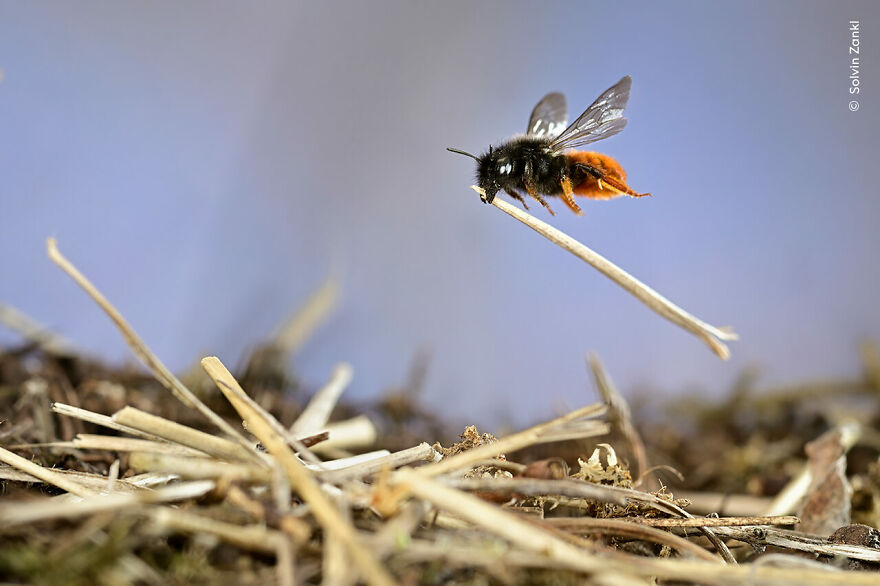

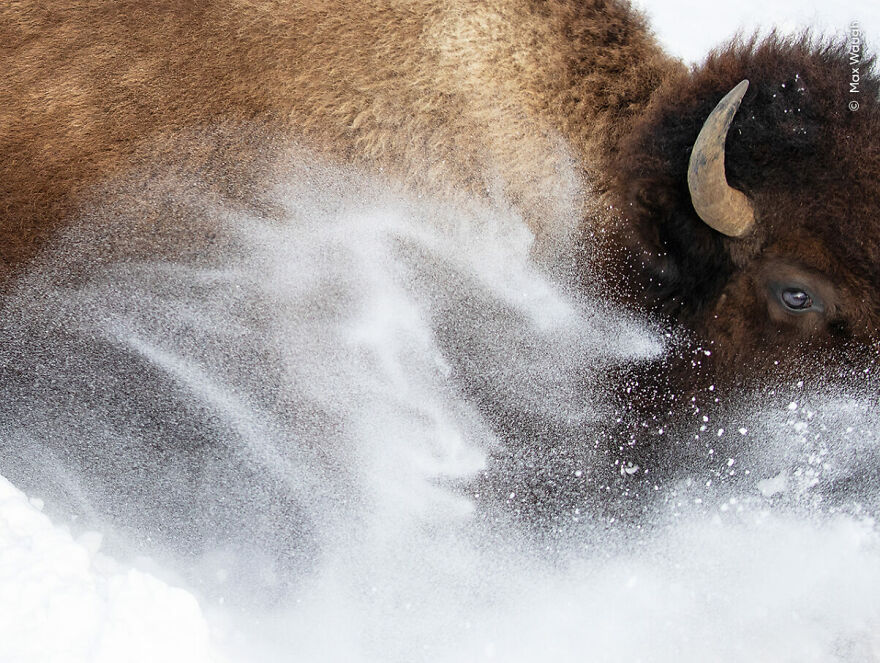
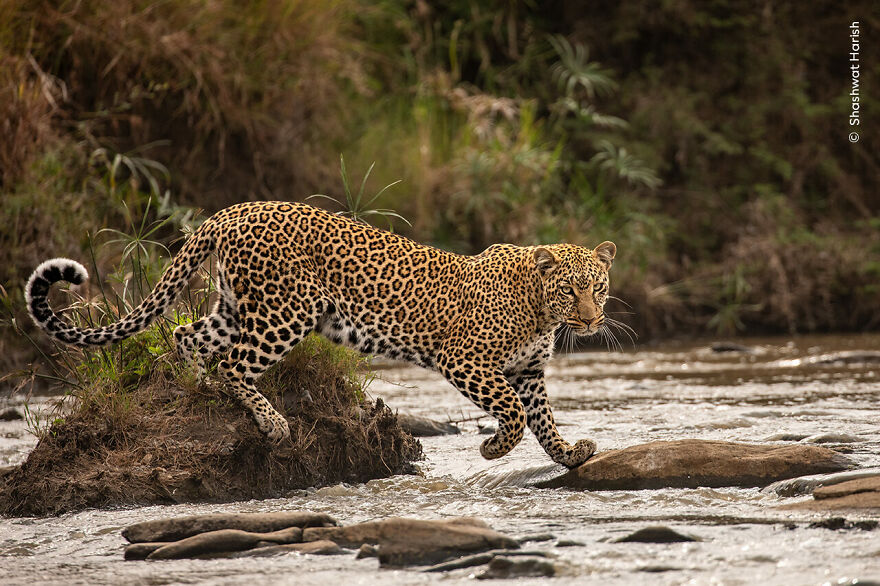
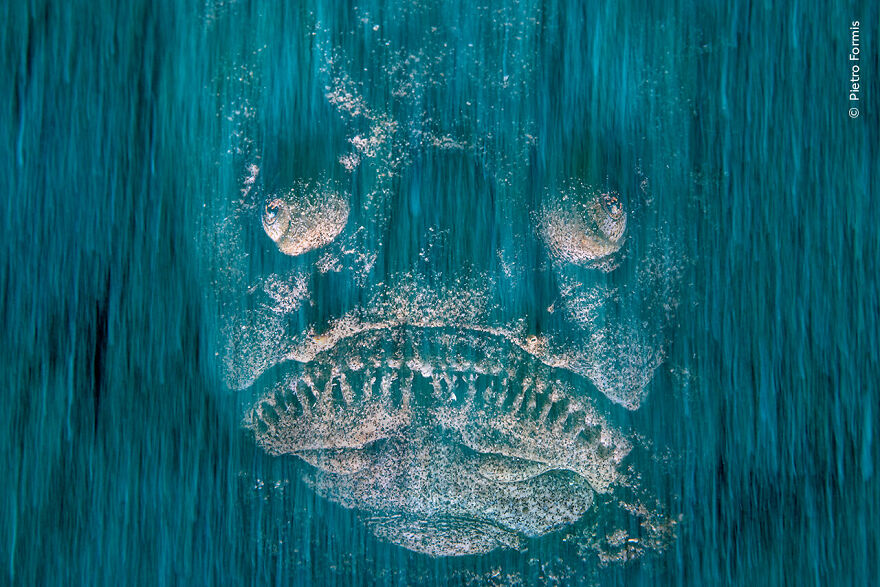
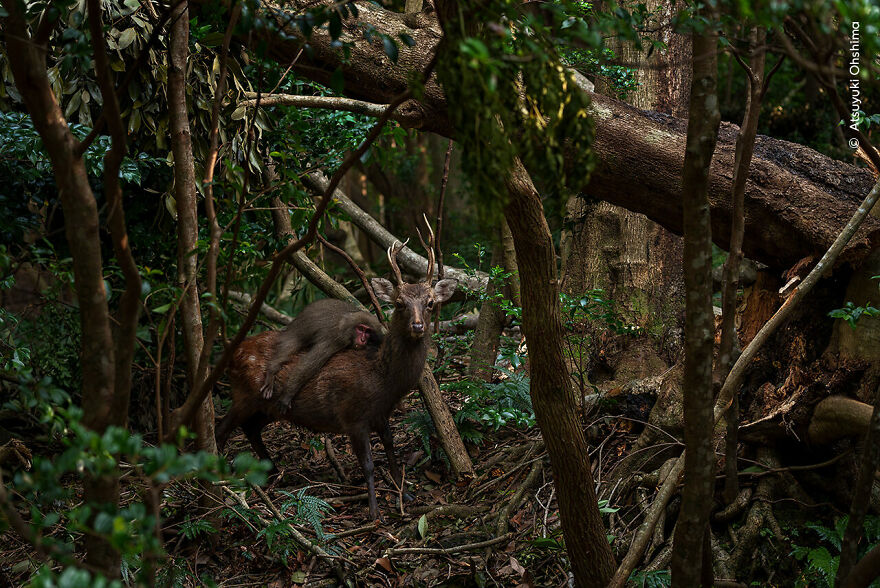
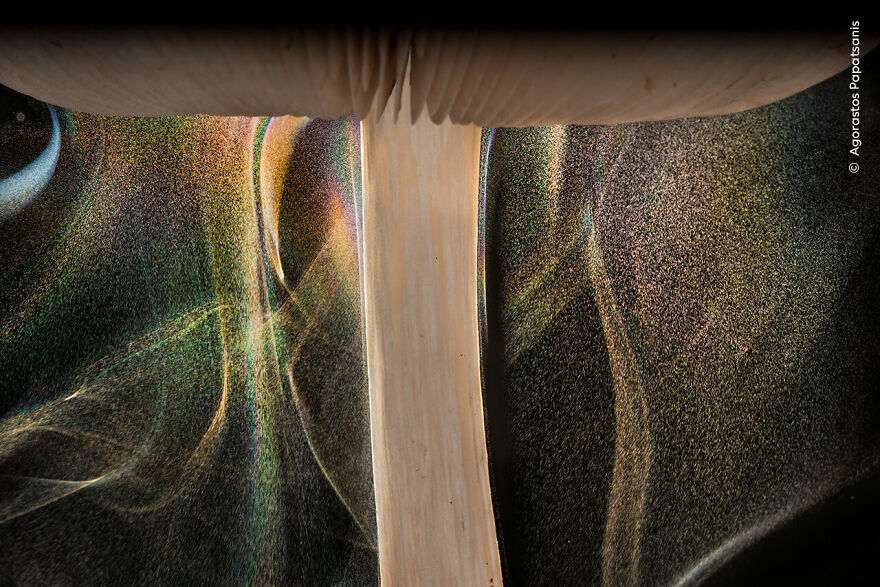
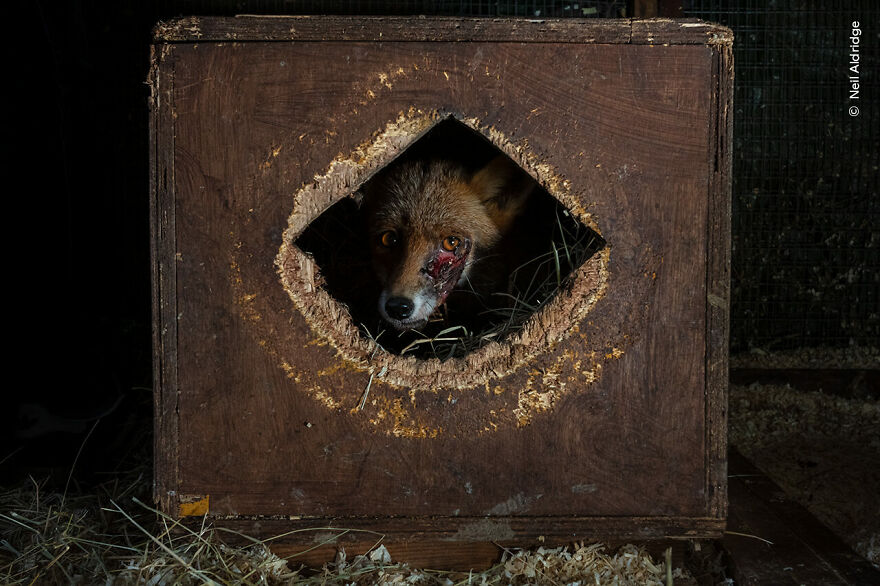
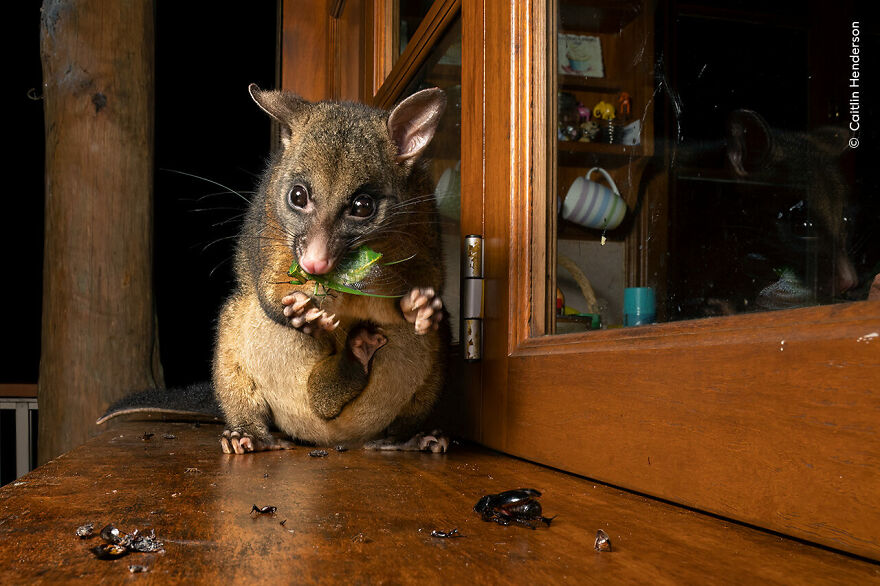
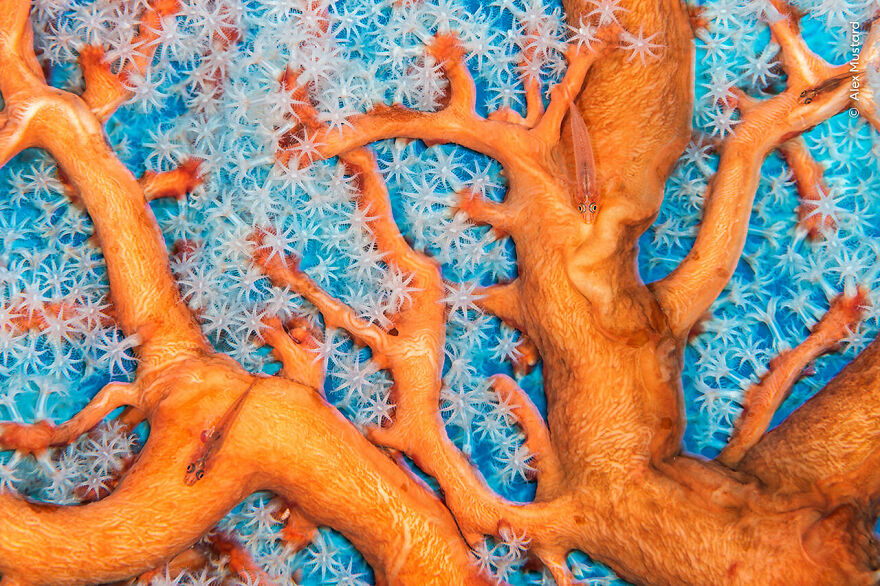
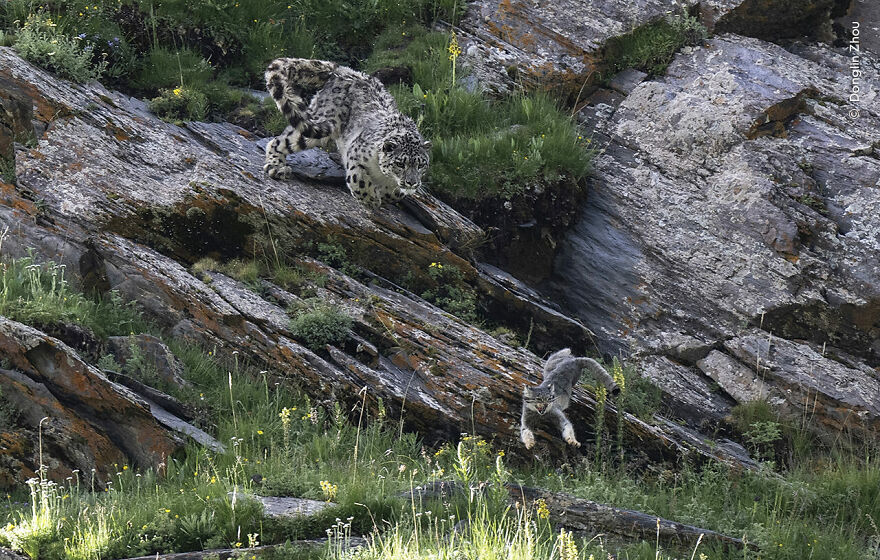
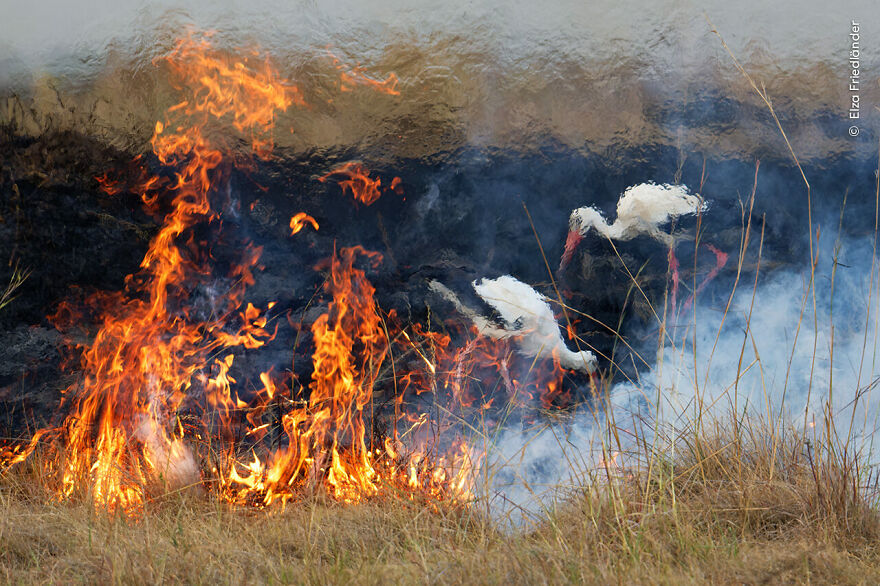
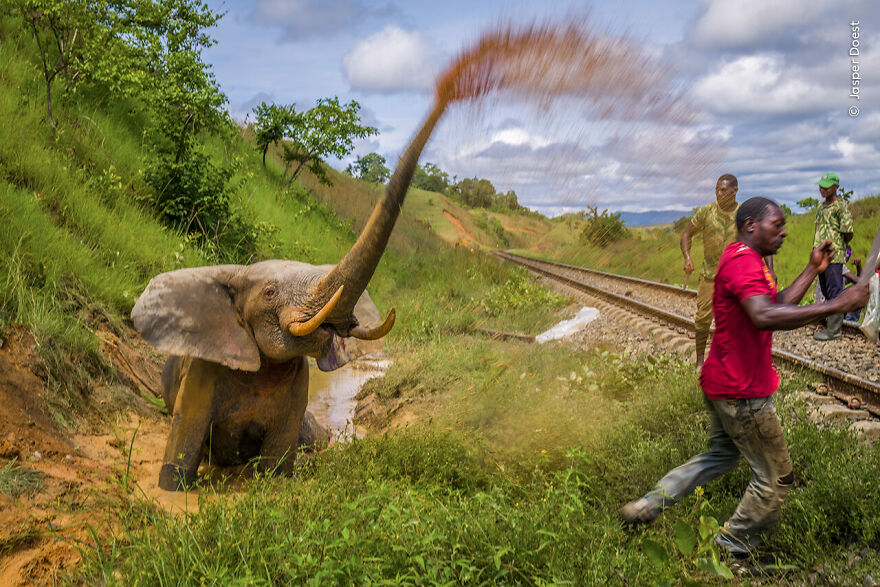
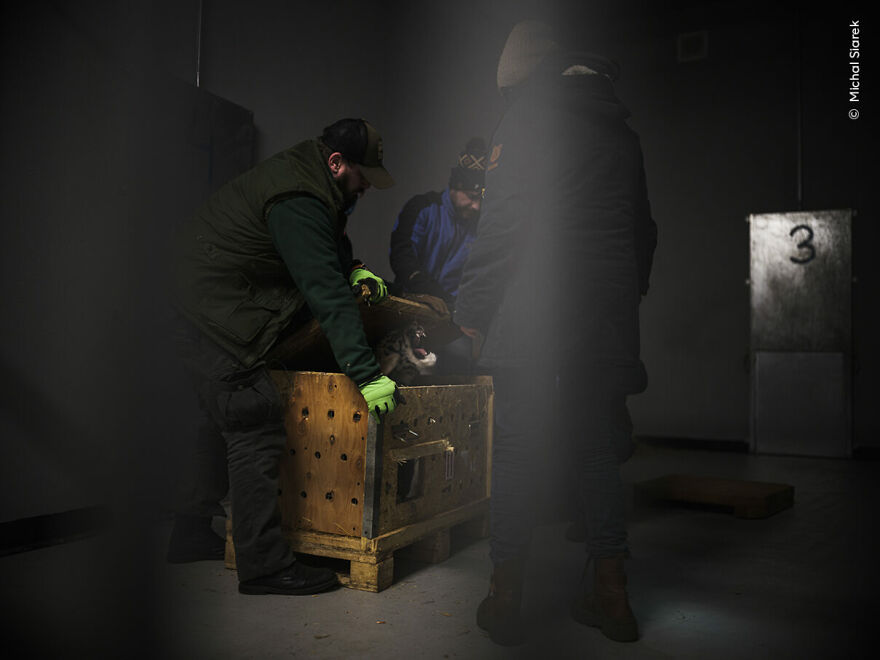
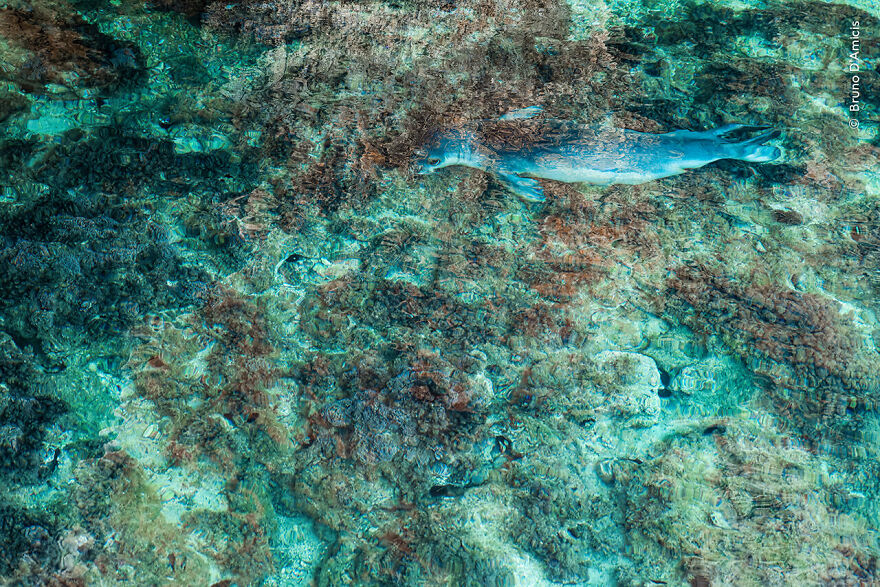
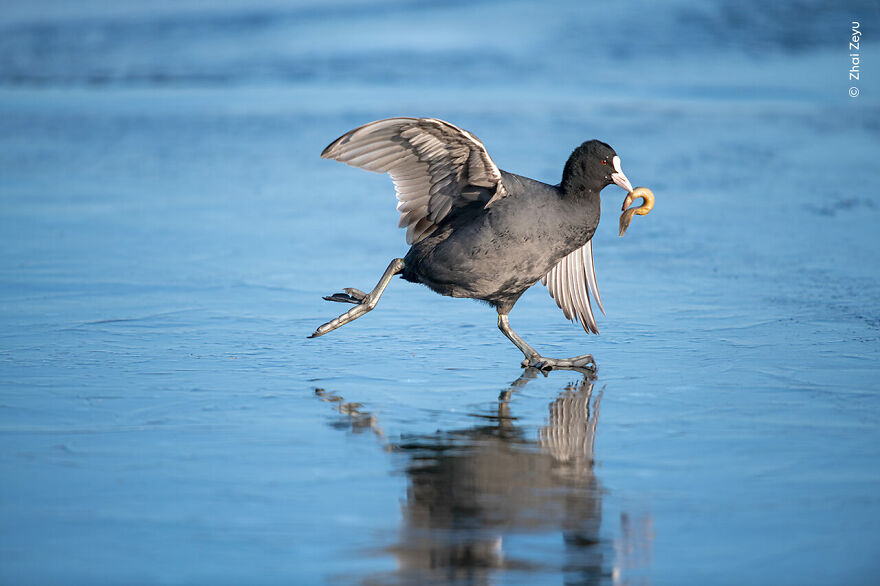
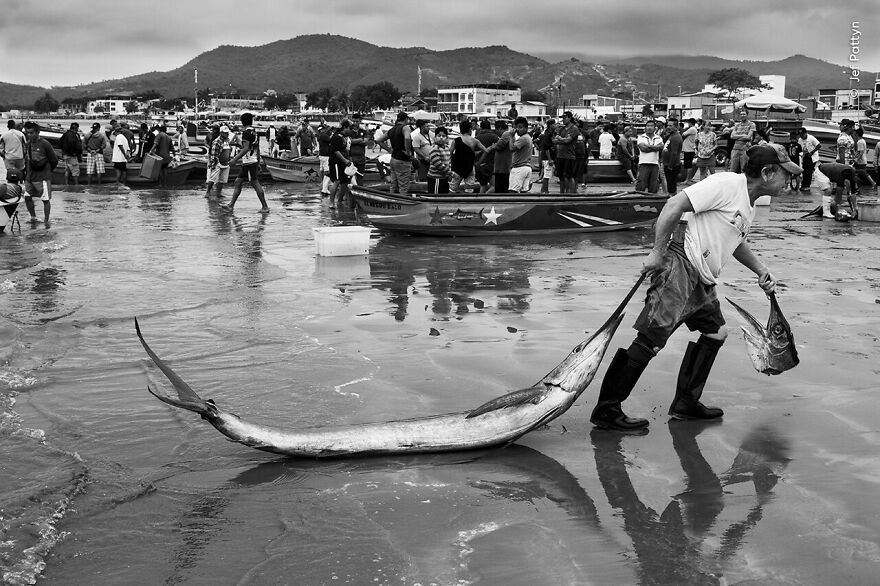






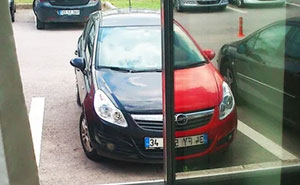
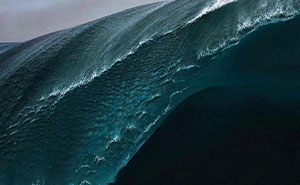
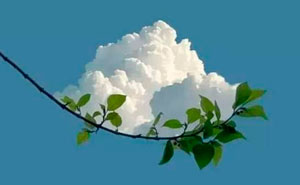

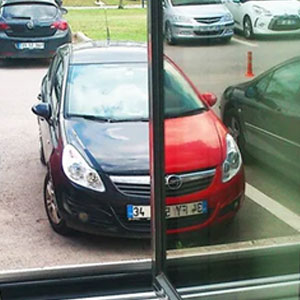
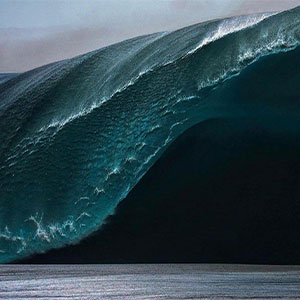
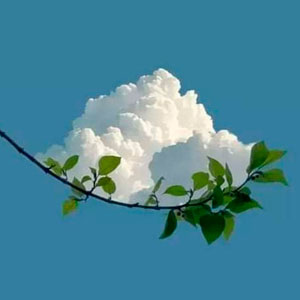



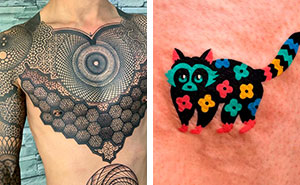



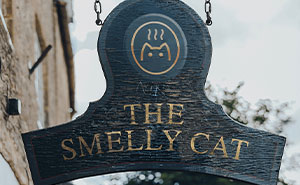
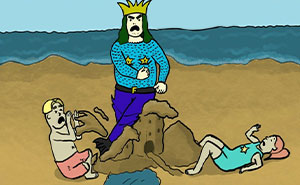
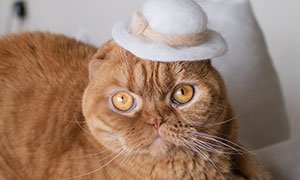
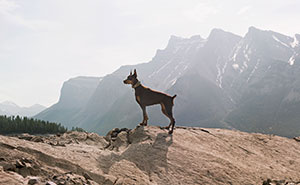
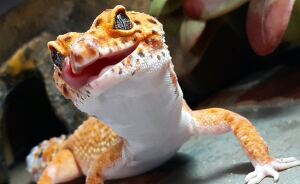


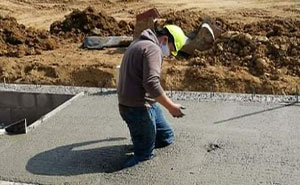
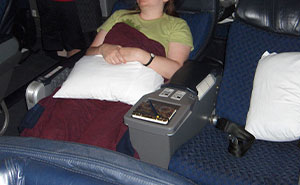



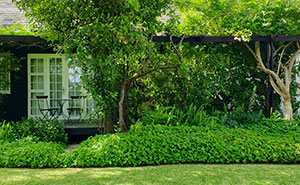
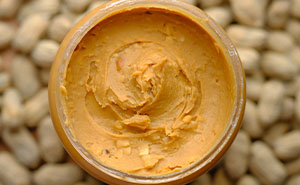

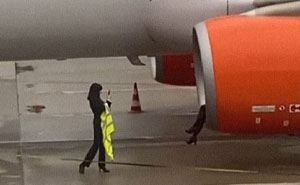

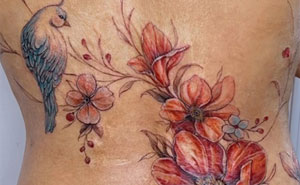
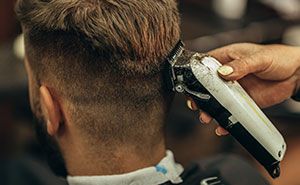
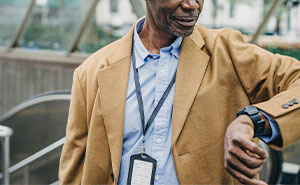



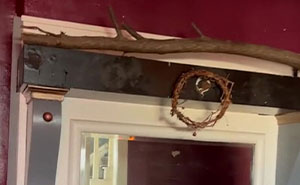


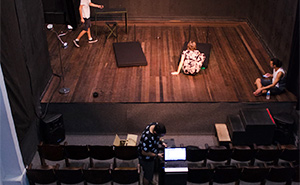

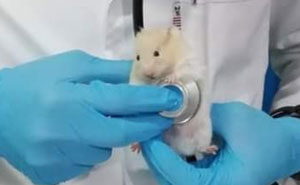
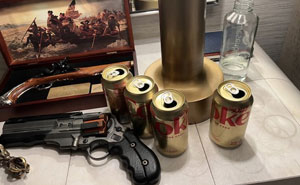
The photos are wonderful although some are really sad.
Hi I bet these are all great but I took a photo (on my phone which sadly doesnt work rn) of a Crayfish dabbing so actually I should wildlife photographer of the year
Loved these! I remember back in the old days when Panda was respectable and had lots of this type of posts.
The photos are wonderful although some are really sad.
Hi I bet these are all great but I took a photo (on my phone which sadly doesnt work rn) of a Crayfish dabbing so actually I should wildlife photographer of the year
Loved these! I remember back in the old days when Panda was respectable and had lots of this type of posts.